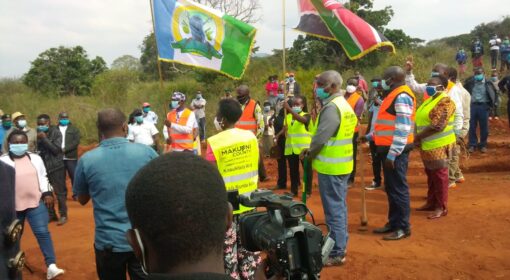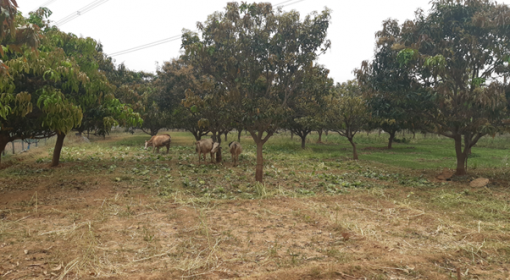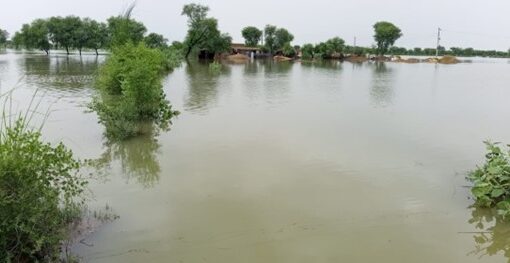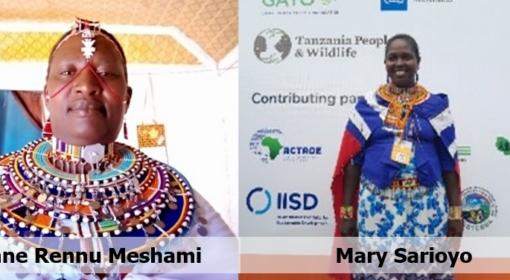by Elly Arukulem Yaluk
April 28, 2017
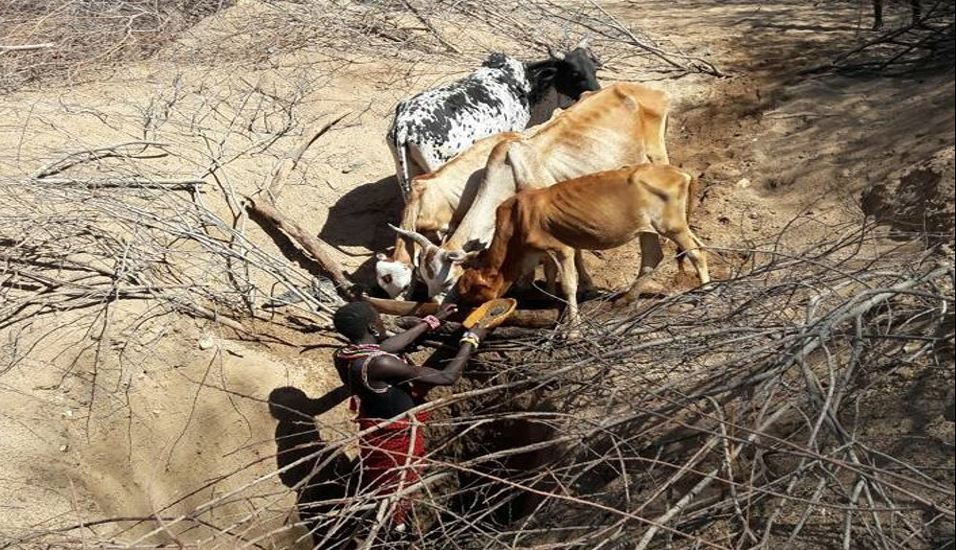
Drought haunts pastoral livelihoods in Masol, West Pokot county, Kenya
Letter from West Pokot: the silent drought
For many years the pastoralist Pokot people of Nyangaita, a tiny village in Masol area, have endured serious water and food scarcity situations that have gone unreported. Because of the unforgiving persistent drought disrupted by occasional flood events, the people of Nyangaita have borne a large share of local conflicts – in their case most often with their neighbours in Turkana province. In the drought and conflict, many people have lost their loved ones. Children have discontinued school and livestock has been lost.
Recently, there has been increased media focus on the drought in Kenya. For the people of Nyangaita, this has been the greatest blessing since independence day (1963). The media has presented an opportunity to NGOs, philanthropists and politicians to splash goodies and showcase ‘free’ relief food to hungry pastoralists in what are purely PR campaigns.
The media has also opened the eyes of many policy makers, researchers and decision makers to the actual extent and severity of the drought. It has also highlighted the resilience of communities in the face of drought and land degradation in Kenya. This brings good tidings to those who have suffered in silence for many years. They represent hope for other similarly-hit pastoralist communities throughout the region.
My personal story: pasture is the answer
In 2012, my first assignment as a junior civil servant in the Department of Land Reclamation was flood control and land reclamation in West Pokot county. Mr. Samwel Kosgei (the current County Director, Water, West Pokot and the then head of Land Reclamation) emphasized upon the use of pasture to reclaim degraded drylands, enhance the livelihoods of pastoralist communities and transform ASAL landscapes.
In the first few months of his deployment to West Pokot, Mr. Kosgei realized the ‘whys’ behind the widespread and increasing land degradation in West Pokot. First was the increased pressure on land due to the overstocking of cattle and secondly the ongoing shift to agro-pastoralism.
During studies Mr Kosgei and myself partnered with a registered organized village self-help group in Nyangaita. This area is flat and expansive with gently sloping topography and good soils: suitable for water harvesting and pasture farming.
Participatory process
Being a native of the West Pokot and also a government official, it was easy for me to conduct community sensitization meetings and create awareness among people on the realities of environmental changes and how they can adapt. Through a participatory process the community ranked water, food and pasture scarcity as the community’s pressing issues.
Mr. Musa, chairman of the self-help group, gave us more reasons to take action. He said “This is our homeland. This is what we have here. We have lived here many years with our animals, and we will be here forever. Our children are aware of such facts. What we really cry for in this area is water! For our children and our livestock. We are already tired of nomadism, we have already started to settle down but the environment here is very difficult for such type of living.”
We quickly identified and sunk a shallow well in an ephemeral stream with shallow ground water nearby the newly established Tikit Primary School. The community appreciated our efforts and were more receptive to partnering with our office in the establishment of a pasture farm in the area.
After lengthy preparations, we began the establishment of Nyangaita fodder farm. It met with success within half-a-year in 2013, with trials of Chloris gayana (Boma Rhodes-horse tail grass) and Cenchrus ciliaris (Fox tail grass). The latter was preferred by the farmers considering its high yield, high nutritional value and high self-sustaining qualities. The success of this project is based entirely on the use of local knowledge in building and enhancing rural livelihoods.
Many studies have pointed out strong linkages between research, rural development, and indigenous knowledge. Flood-based Livelihoods Network (FBLN) website (www.spate-irrigation.org) has many practical notes that indicate the strong involvement of farmer/pastoralist groups in increasing the voice and role of local stakeholders in research, extension and education. This is critical to determining the success and appropriateness of the technologies used in flood-based livelihoods, in enhancing the livelihoods of ASAL communities.
What about the future?
A lot more has happened and a lot more need to be done in Nyangaita since my time as a junior Land Reclamation staff in West Pokot. I am now a senior Land Reclamation officer at the headquarters in Nairobi. The people of Nyangaita today are more resilient to drought and enjoy the expansion of the pasture project to more than 100 hectares (from 2.5 Ha in 2012), which is harvested twice a year. Surplus fodder and seeds are now sold to a ready market, not to mention the transformed landscape.
This calls for increased attention from researchers, government institutions and media in showcasing experiences centred on building the intellectual capacity of the people to view rainwater as a blessing in the ASALs (the Arid and Semiarid Lands) in Kenya. This will open up opportunities to utilize available natural resources in ways that make real economic sense. Promising examples include techniques of using roads and road-runoff as an alternative drainage system for production of suitable grass pastures in ASALs.
The people of Nyangaita represent an uplifting example of what is happening and what can be done in typical pastoralist areas in Kenya. They signify my inspiration for the need for more investment in ‘roads-for-water,’ and upscaling of the use of Cenchrus ciliaris in other favourable pastoralist areas. This is the entry point in revitalizing successful, future-resilient, and sustainable pastoral livelihoods in Kenya. Let there be more Oases of Hope, such as this one in West Pokot.
